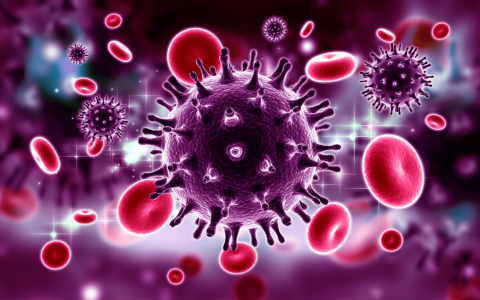HIV in breast milk of women with undetectable HIV levels in their blood studied
The risk of HIV transmission through breastfeeding is very low, but it is not non-existent in women living with HIV who have undetectable levels in their blood. Now, for the first time, a study published in the Annals of Internal Medicine has been able to test for HIV in the milk of two such women: one elite controller (who maintains low viral loads without antiretrovirals) and another who had been on treatment for years. Although small amounts of viral DNA were found, the virus was not infectious. The results show that such testing is possible and help confirm the very low risk of transmission.

Julià Blanco - VIH lactancia EN
Julià Blanco
Head of the Virology and Cellular Immunology group at the IrsiCaixa AIDS Research Institute
It is a small study, but given the extraordinarily low frequency of elite control patients and, therefore, the difficulty of finding these samples, it is a relevant study.
Although there are few cases, the authors perform an exhaustive characterisation of each of them (trying to maximise the possibility of finding replicating viruses). It must be taken into account that the number of lymphocytes in breast milk is limited and this adds to the difficulty of the study.
Although vertical transmission during breastfeeding is not a problem in developed countries, it is a problem in sub-Saharan Africa (where the highest number of cases of this type of transmission occur). The data confirm that in the absence of detectable virus, vertical transmission is highly unlikely and demonstrate the reasons for this (there is no detectable virus in breast milk and no replicating virus integrated into the cells that are transferred to the newborn).
The data reinforce the current guidelines, which recommend breastfeeding when there is maternal viral suppression. It is very important to reinforce the point that in sub-Saharan Africa, infant feeding with synthetic formula milks is not easily accessible and that water quality leaves much to be desired. In fact, more neonatal deaths are associated with gastrointestinal infections than with vertical transmission of HIV.
The main limitation of the study is the number of samples analysed. However, these are relevant data that reinforce the current strategy to fight vertical transmission of HIV.
Osegueda et al.
- Research article
- Peer reviewed
- People



